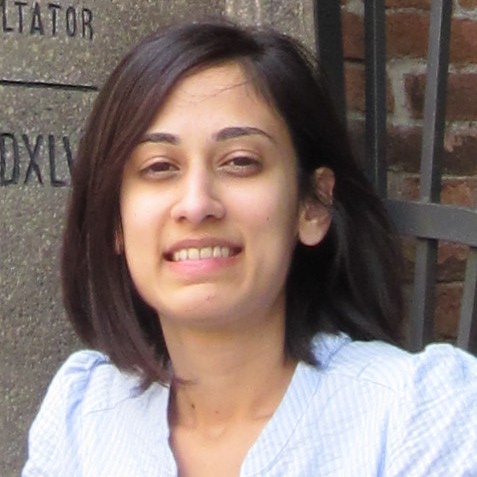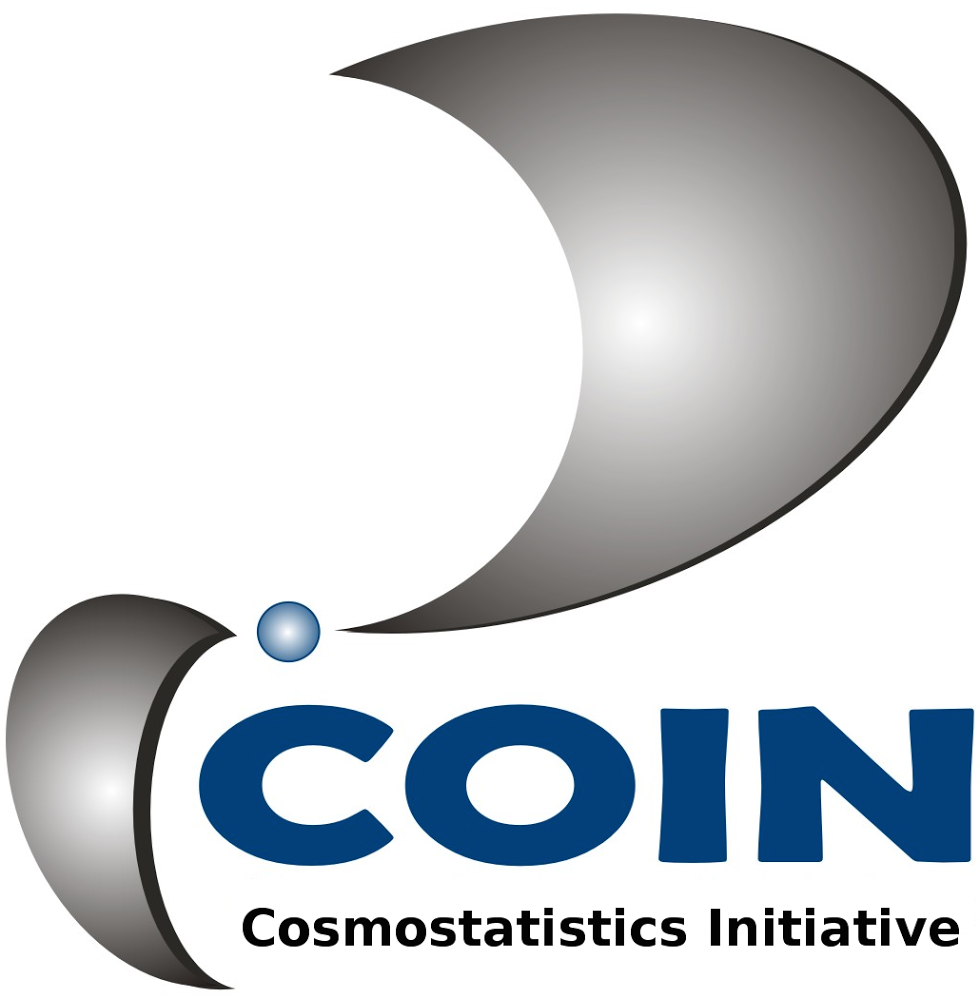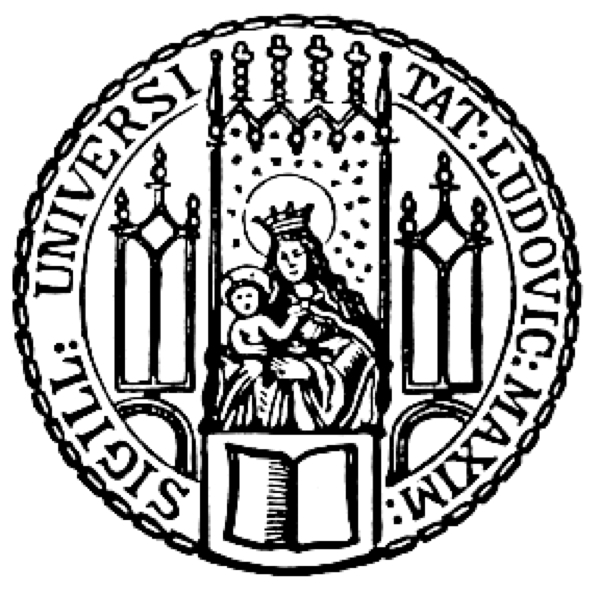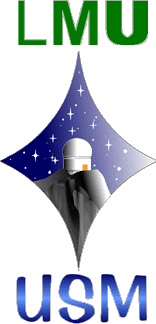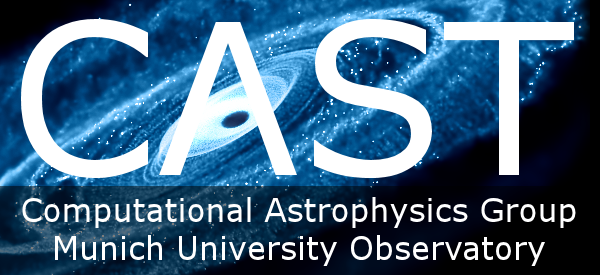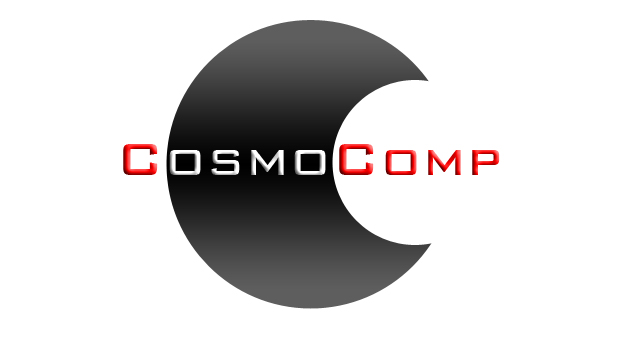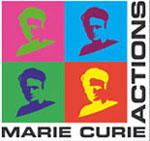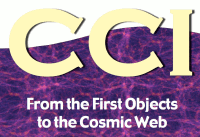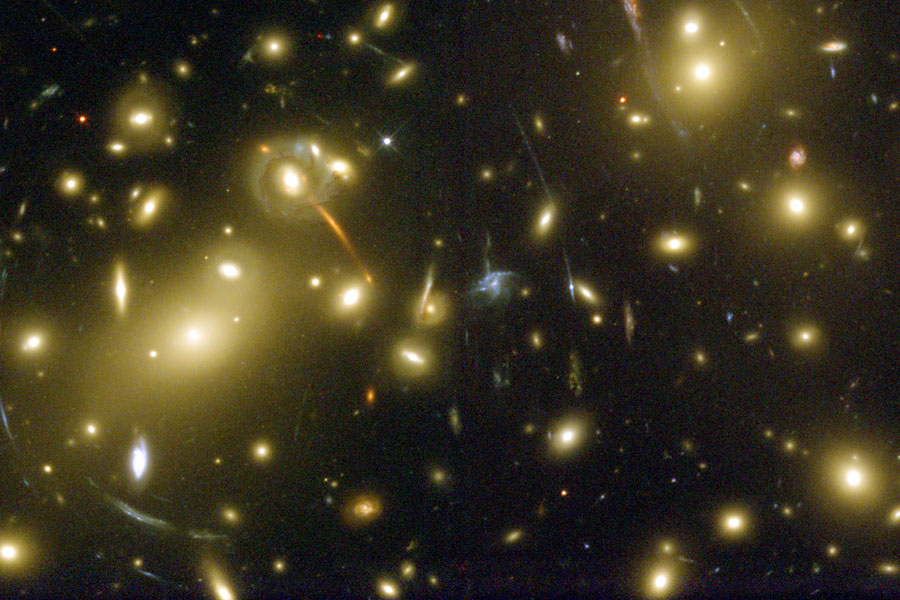 Galaxy cluster lens Abell 2218: Photo courtesy of NASA, A. Fruchter and the ERO Team (STScI)
Gravitational Lensing
Gravitational lensing occurs when a massive object lies directly in front of a more distant star, galaxy or quasar. That source of light can appear brighter than it would have otherwise, the shape can appear distorted (see the arc-like features in picture on the right?) and you may even see multiple images of one background lensed galaxy. The gravitational lens could be anything from a galaxy, to a cluster of galaxies, to a star or a planet.
So what?
This is not just a pretty phenomenon but a useful one. Astronomers can exploit it to measure the distribution of mass in the foreground lens and understand how that lens must have formed. We can use these natural cosmic telescopes to detect faint and distant galaxies that we wouldn't have otherwise seen, and even discover extra-solar planets! And because the effect also depends on the distances between us and the lens and the background source, we can even learn about the expansion of the universe and the mysterious dark energy. Plenty of creative ways of using gravitational lensing for science!
|
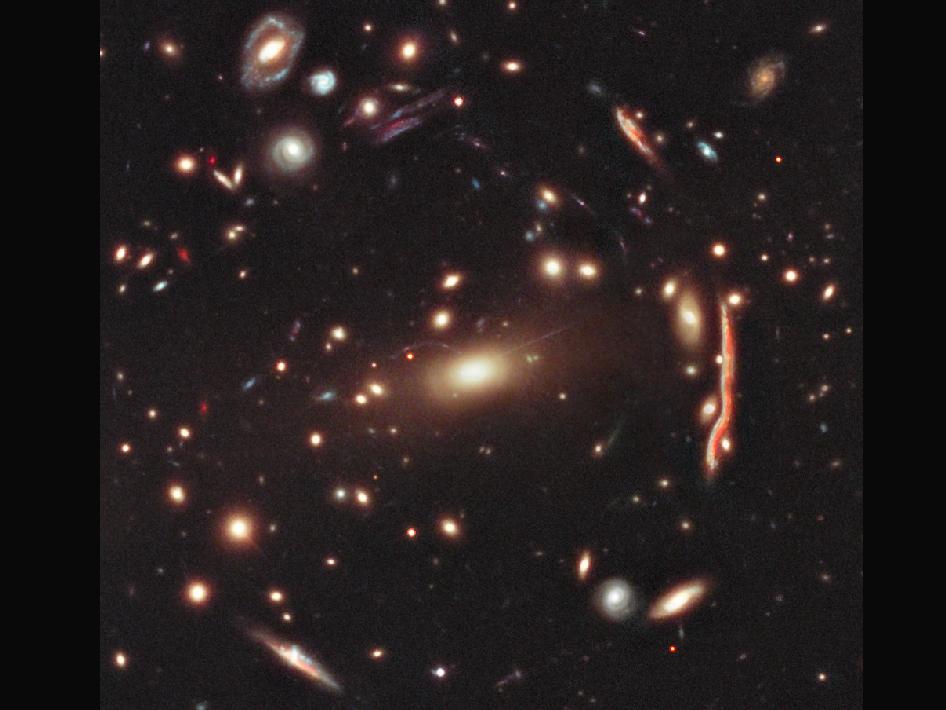
Galaxy cluster MACS J1206.2-0847: Photo courtesy of NASA, ESA, M. Postman (STScI) and the CLASH Team
|
Galaxy Clusters
Galaxy clusters are the most massive gravitationally bound objects in the universe, made up of hundreds or even thousands of galaxies. Most of the mass is in the form of dark matter, and can be detected through gravitational lensing. The hot (mostly hydrogen) gas makes up most of the 'ordinary' matter, and emits X-ray radiation. It also bumps up the energies of photons from the cosmic microwave background in what is known as the thermal Sunyaev-Zel'dovich effect. The stellar light from the galaxies and the so-called intra-cluster light (ICL) comes from only a small fraction of the mass, and can be seen in optical images.
|
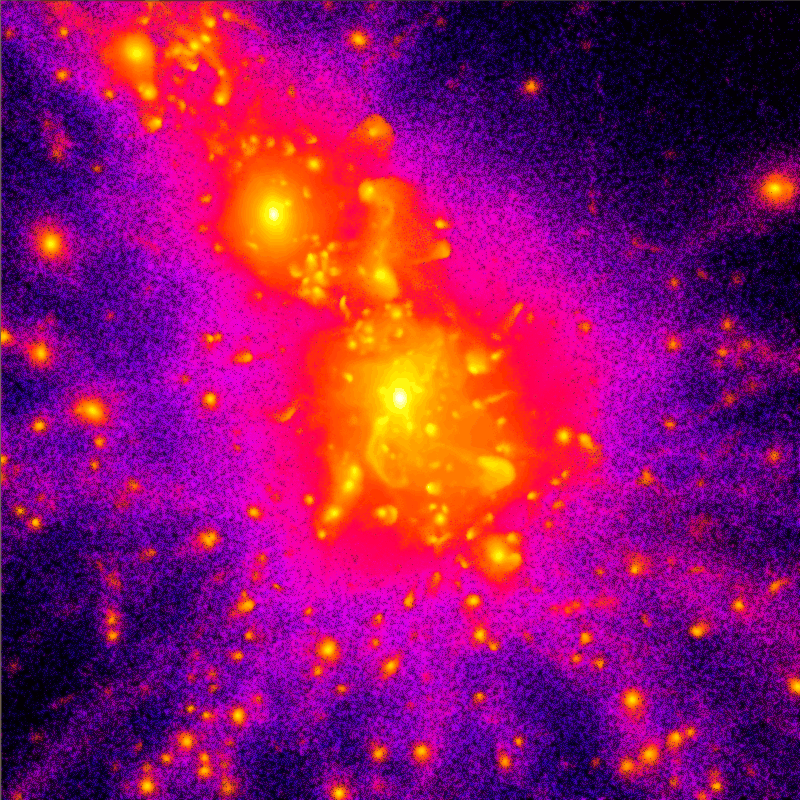 A galaxy cluster modelled using a hydrodynamic simulation
Cosmological Simulations
We use computer simulations to model the formation of structure. They follow the evolution of particles that describe the underlying density, and can have characteristics of dark matter, (baryonic) gas, stars, black holes or a subset of these. The simulations include the effects of gravity, heating (from many sources), cooling, supernovae explosions and the release of metals, and active galactic nuclei (AGN) to name a few. Members of our research group are investigating different methods of implementing these processes into simulations. We are currently analysing simulations in which galaxy clusters have been re-simulated with high mass resolution.
In the picture to the left, you can see one such galaxy cluster (in this simulation, we only include non-radiative processes: no heating, cooling or feedback). Nearby galaxy-scale substructure, destined to be accreted into the cluster's halo, can be seen flowing in from the top-left through large-scale filaments.
|
|
Strong Lensing for studying Cosmology
Giant arcs, the images of strongly lensed galaxies, are seen when a distant galaxy happens to lie directly behind the cluster lens. The number of these arcs that we detect, and their typical angular separation (known as the Einstein radius), is sensitive to features of our cosmological model, and some discrepancies between predictions and observations have been noted in the past. We analysed simulated clusters in order to determine how sensitive the predicted lensing features are to the baryonic processes that we implement in simulations (see the picture below). Thermal feedback from AGN turns out to be a game-changer - see our publication
in Monthly Notices for more.
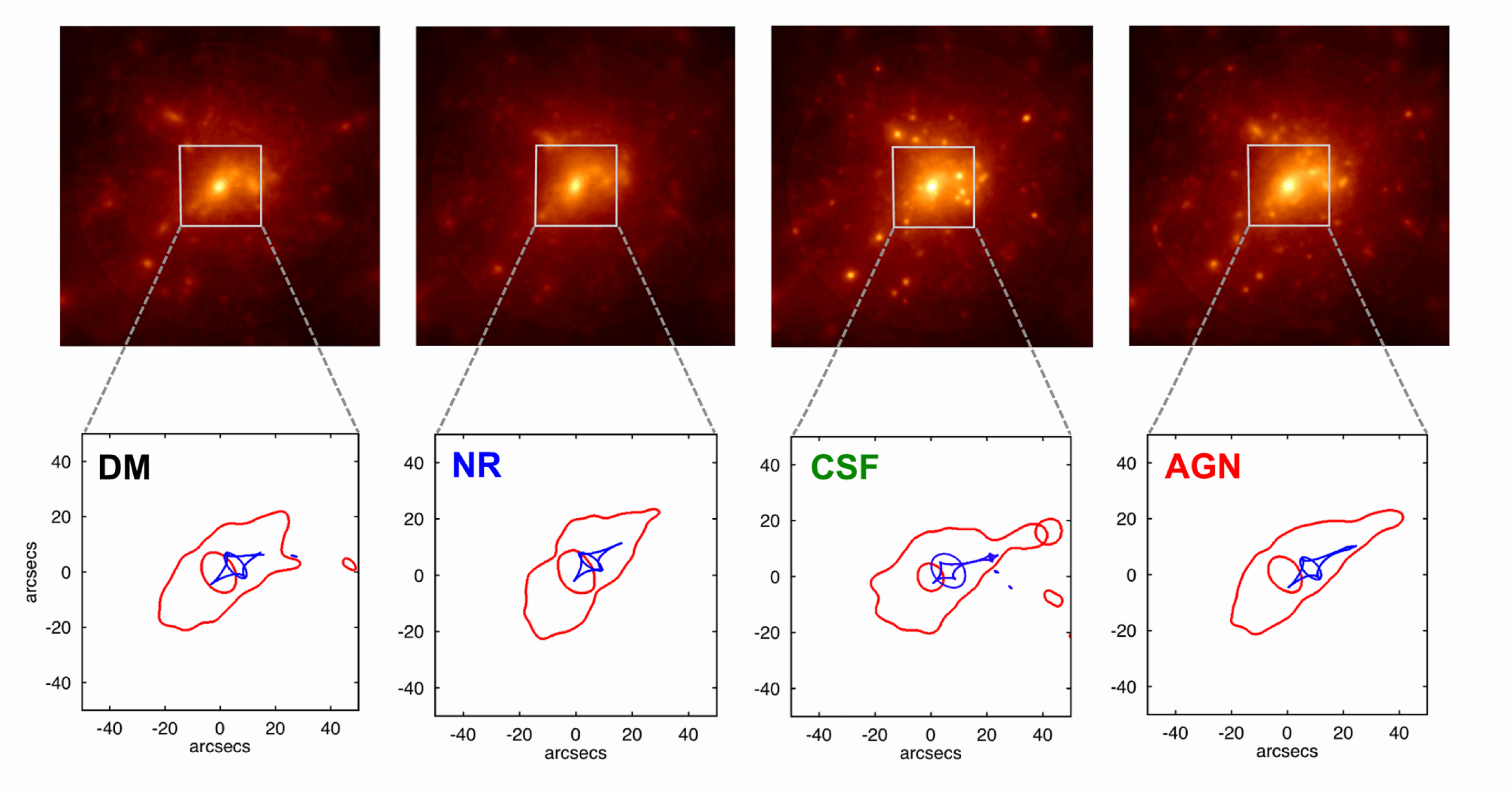
Baryonic processes included in hydrodynamic simulations don't affect the overall shape of a galaxy cluster, but do redistribute mass near the core, which affects strong lensing features.
Ray-Tracing in Three-Dimensions
While the universe turns out to be quite homogeneous (smooth) on large scales, there are structures that can cause the magnification (or demagnification) of distant stars and galaxies. If we don't take this effect into account, our understanding of cosmology can become biased. Quantifying the magnification (primarily resulting from weak lensing) is commonly done by ray-tracing through cosmological N-body simulations, but standard methods project chunks of mass onto a set of lens-planes. We developed a ray-tracing tool that performs the analysis in the full three dimensions, using Fourier methods and the ray-bundle approach. This has only become recently possible through significant improvements in computational resources. See our results in our publication in Monthly Notices.
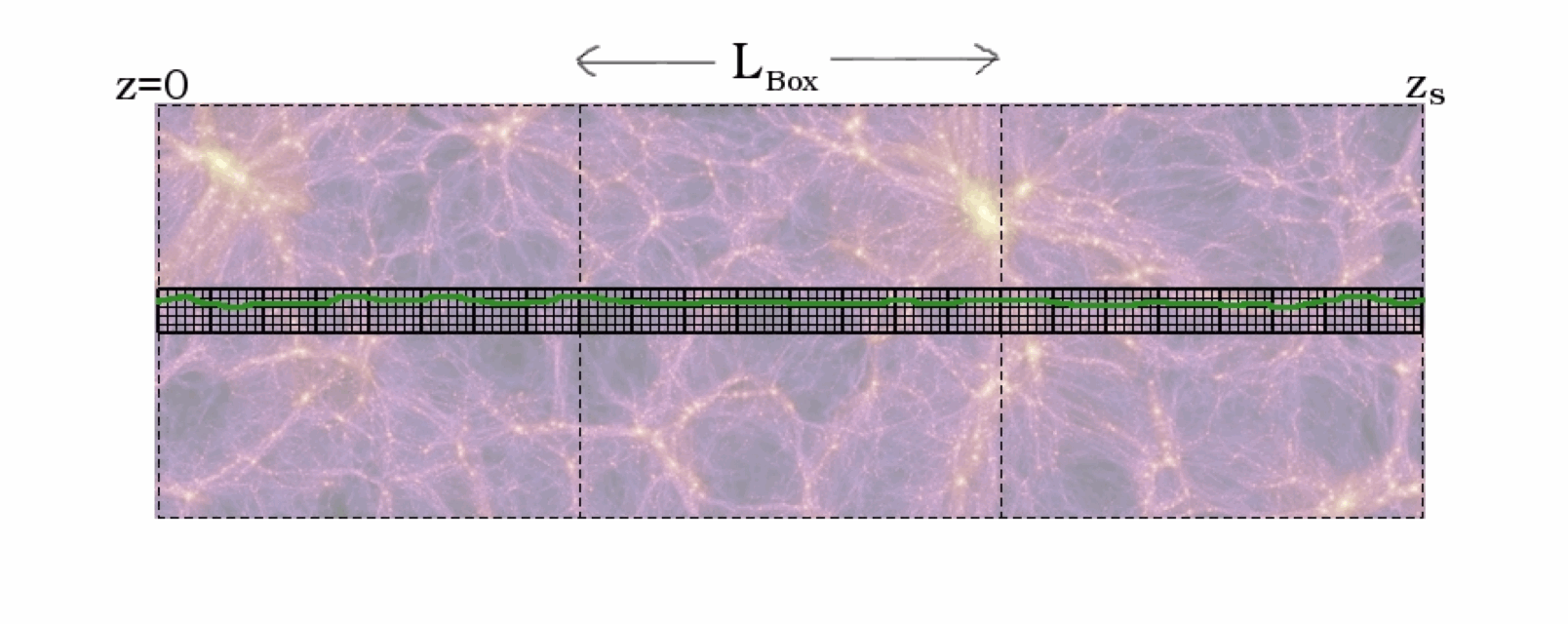 A schematic diagram of our ray-tracing method. The violet and yellow background colours represent low and high density regions, respectively, in the simulation. The black lines show the Fourier grids on which the density is mapped, and the wiggly green line traces the path of a light-bundle through the large-scale structures.
The Redshift-Drift Experiment
The observed redshift of an object is (mostly) the result of cosmic expansion. Any change in the redshift of an individual object over a long period of time, is a direct measurement of the dynamical evolution of the universe - this is known as the redshift-drift experiment. It will soon be possible to observe this phenomenon in the Lyman-α forest (absorption lines in quasar spectra due to foreground neutral hydrogen) using next-generation telescopes; this is the so-called Sandage-Loeb test. However, any transverse motion of foreground objects, particularly galaxies associated with high-density absorption lines, could alter the redshifts of background lines through gravitational lensing, thus obscuring the cosmic signal. We determined the non-linear nature of this gravitational lensing effect, but established that the Sandage-Loeb test would still be safe - read more about it in our publication
in Monthly Notices.

Light from a quasar (right side) travels through many Lyman-α absorbers before reaching the observer (left side). Any motion of absorbers in the tranverse direction (up-down) will affect the redshift of background absorbers.
|
|
